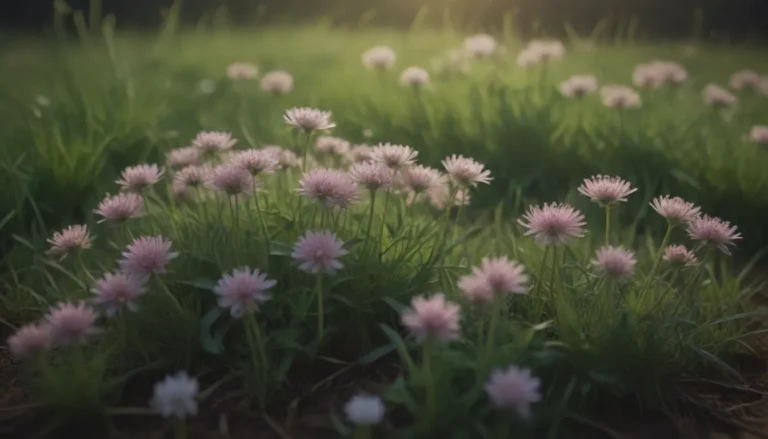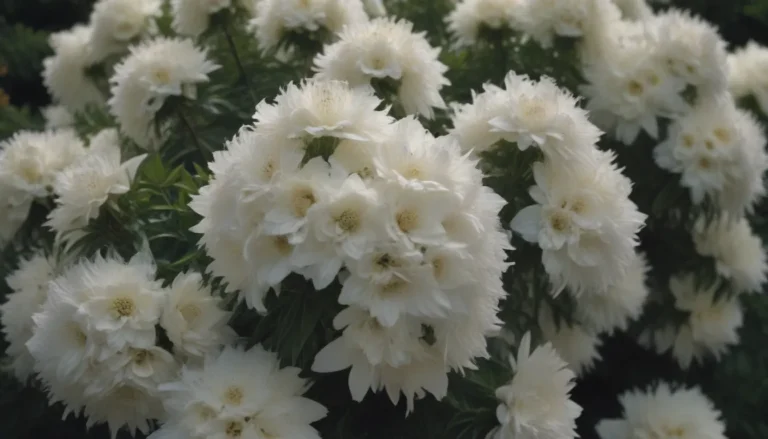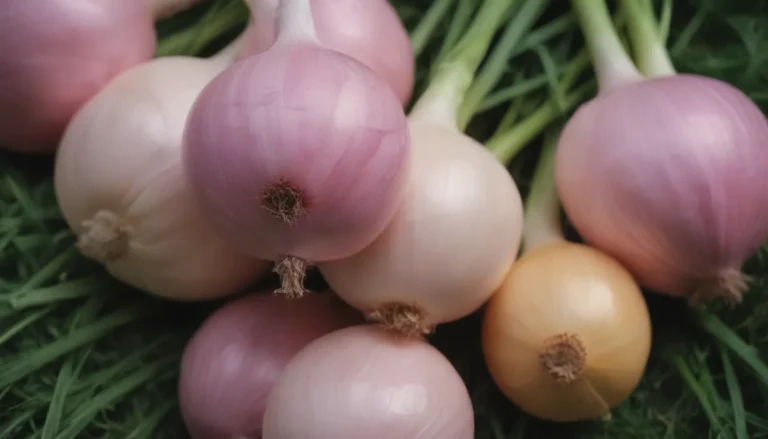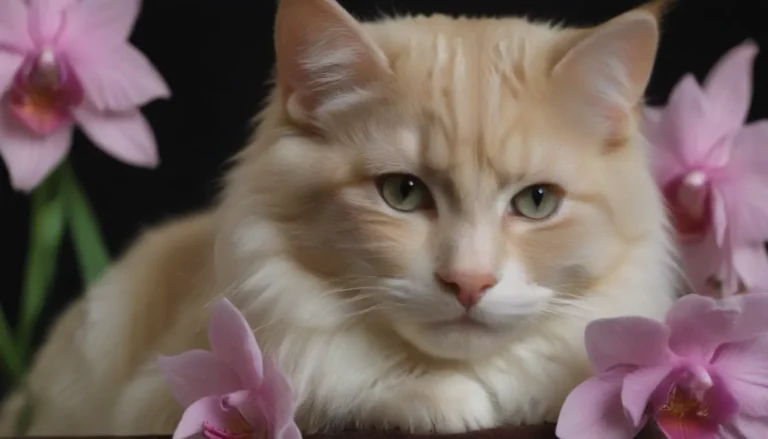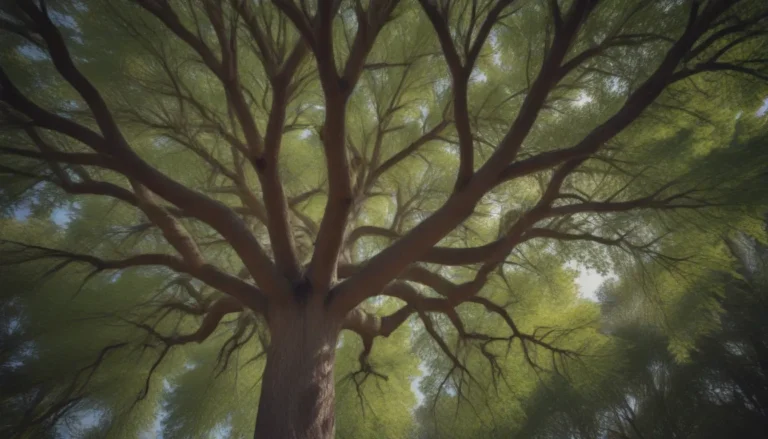Understanding Water Droplets on Indoor Plant Leaves
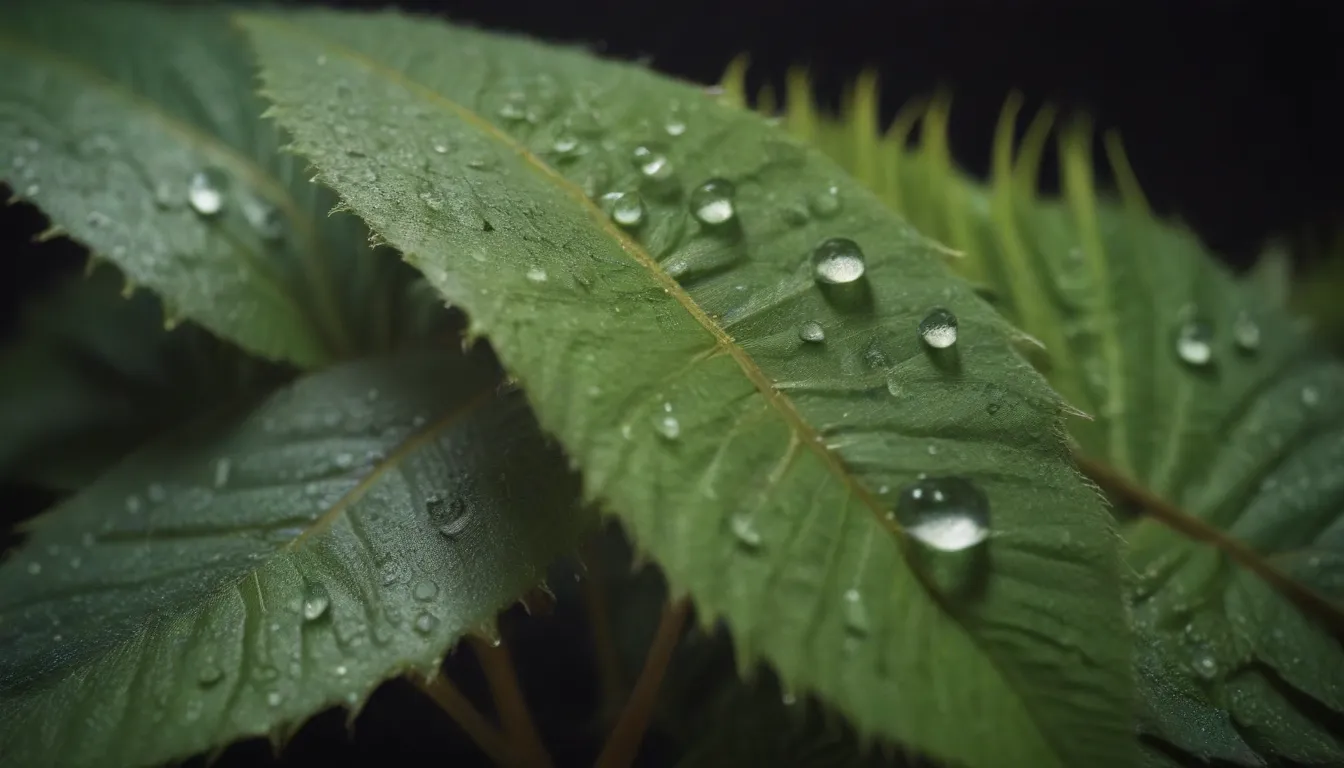
Have you ever noticed water droplets on the leaves of your indoor plants and wondered what causes them? It may seem like your plants are shedding tears, but fear not, there’s a scientific explanation behind this phenomenon. In this article, we will explore the different reasons behind water droplets on indoor plant leaves, including transpiration, dew, and guttation. We will also discuss whether this is harmful to your plants and provide tips on how to prevent water droplets from forming. So, sit back, relax, and let’s dive into the fascinating world of indoor plant hydration!
Causes of Water Drops on Plants
Water droplets on plants can be attributed to various factors, each serving a different purpose in the plant’s life cycle. Let’s break down these causes:
Transpiration: This is the process by which plants release water vapor through their leaves. When a plant is saturated with water, it needs to get rid of the excess moisture, leading to the formation of water droplets on the leaves. Think of it as the plant’s way of sweating to stay cool and maintain its internal water balance.
Dew: Water droplets can also form on plant leaves due to dew. This typically occurs in humid conditions, especially during the summer months. As the temperature drops, the air cannot hold as much water vapor, causing condensation to form on the leaves. It’s like a natural moisturizing session for your plants!
Guttation: Sometimes, plants exhibit guttation, a process where they release droplets of xylem sap from special cells on the edges of their leaves. This phenomenon usually occurs at night when the plant’s regular pores are closed. Guttation helps the plant regulate its water and nutrient balance, ensuring optimal growth and health.
How to Prevent Water Droplets on Indoor Plant Leaves
While water droplets on plant leaves are generally harmless to the plants themselves, they can pose a risk to your furniture and floors. Here are some tips to prevent water droplets from forming:
-
Monitor your watering: Pay attention to how much water your plants need and adjust your watering schedule accordingly. Overwatering can lead to excess moisture, increasing the likelihood of water droplets forming.
-
Provide adequate ventilation: Proper air circulation around your plants can help reduce humidity levels, decreasing the chances of dew formation on the leaves.
-
Avoid placing plants near windows: If you notice water droplets forming on your plants due to dew, consider moving them away from open windows to prevent excessive moisture buildup.
-
Check for signs of overwatering: If your plants are consistently producing water droplets, it may be a sign of overwatering. Be mindful of the plant’s watering needs and adjust accordingly to maintain a healthy balance.
Common Plants That Drip Water
While most indoor plants may exhibit water droplets under certain conditions, some species are more prone to guttation than others. Here are some common plants that tend to drip water:
- Calla lilies
- Succulents like echeveria, jade plants, and kalanchoe
- Monstera, dieffenbachia, ficus, and philodendron
- ZZ plants
- Fruit and vegetable plants such as tomatoes, potatoes, and cucumbers
- Shrubs and flowers like hydrangeas, hibiscus, and roses
If you notice any of these plants dripping water, it may be a sign of overwatering, and you should adjust your watering routine accordingly.
Signs of Overwatering
Overwatering can have detrimental effects on indoor plants, leading to issues such as yellowing leaves, root rot, and wilting. Here are some signs that your plants may be overwatered:
- Yellow or brown leaves
- Soil remaining wet for an extended period
- Mushy or rotting base of the plant
- Droopy leaves, even when the soil is not dry
It’s essential to understand the specific watering needs of each plant species to avoid overwatering and maintain their overall health and vitality.
Remember, water droplets on indoor plant leaves are typically a natural occurrence and not a cause for concern. By understanding the reasons behind this phenomenon and taking proactive measures to adjust your watering habits, you can ensure that your indoor plants thrive in their environment. So, embrace those water droplets as a sign of a well-hydrated and healthy plant!
In conclusion, water droplets on indoor plants may seem mysterious at first, but with a bit of knowledge and observation, you can demystify this natural process. By learning to identify the causes of water droplets and taking preventative measures when necessary, you can create an optimal environment for your indoor plants to flourish. So, the next time you see those glistening droplets on your plant leaves, remember that it’s just nature’s way of keeping your green companions happy and hydrated. Happy gardening!
